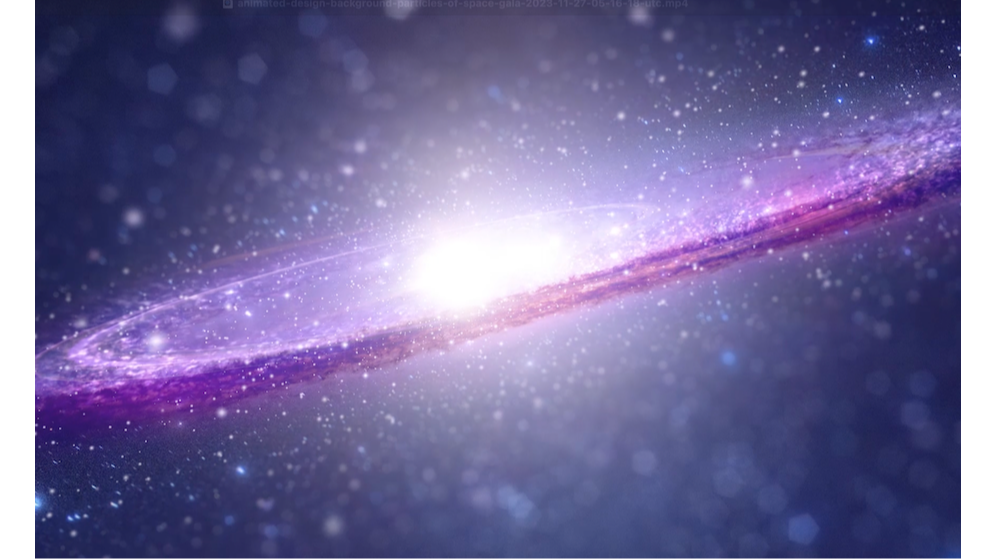Unidentified aerial phenomena (UAPs) aren’t just military puzzles anymore—they’re inspiring a shift in how science fiction gets written. Instead of fantasy tech and made-up science, a new wave of authors is asking: What if we used real physics—and just went from there?

Science fiction has always danced around the unknown. But lately, that dance has gotten way more specific.
Unidentified Aerial Phenomena (UAPs)—once dismissed as tabloid material—are now being investigated by defense departments and academic institutions alike. There are serious conversations happening around what they are, how they move, and what that might imply about our understanding of physics.
And here's the twist: fiction is catching up. Some authors aren't inventing alien tech anymore—they're digging into quantum mechanics, multiverse theory, and the edges of human cognition to build stories that feel... weirdly possible.
This isn't your typical space opera. "Plausible sci-fi" builds narratives on existing scientific theory—string theory, advanced propulsion concepts, even CERN research—rather than waving a wand and shouting "quantum!"
A compelling example comes from Dr. Sam Toney, a psychiatrist currently working with Stanford's Sol Foundation on the psychology behind UAP disclosure. (Yes. You read that right.) In his upcoming novel, , the story revolves around an "equation-based plot"—where the protagonist develops a physics formula tested using the Large Hadron Collider.
This is speculative fiction for people who check footnotes.
Unexplained phenomena like UAPs challenge everything we think we know: from propulsion systems that defy known physics to materials that behave oddly under lab conditions.
Authors of plausible sci-fi use those mysteries as narrative launchpads. Instead of saying "this alien ship runs on vibes," they ask, what if it runs on something we just don't understand yet?
That kind of realism is resonating. More readers are searching for stories that explore new physics, hidden dimensions, and intelligent life—not with fantasy tropes, but with grounded logic and curiosity.
One reason this genre hits different? It's not just about tech. It's about meaning.
Revelation Equation, for example, doesn't stop at equations. It also explores what happens when science and faith stop arguing and start syncing.
Through the lens of the multiverse theory, dimensional mechanics, and human emotion, plausible sci-fi becomes more than fiction—it becomes a reflection of how we question reality itself.
That's the fun part. These stories don't ask you to suspend disbelief. They invite you to entertain it—just for a little while. What if that wild headline about a UAP sighting actually hinted at a deeper truth? What if fiction is just a few discoveries ahead of the rest of us?
Want to go deeper down the rabbit hole? Why not start your science-meets-storytelling journey at ? It's not proof. But it might just be the next best thing.
